Ho Chi Minh City – Ms. Huong, 53 years old, suffered from seizures, numbness and weakness on the right side of her face, and facial asymmetry for two years. Doctors discovered that cranial nerve VII was being compressed.
Ms. Huong recounted that every time she had a seizure, her face would contort, making people think she was having an epileptic fit. She felt self-conscious and avoided meeting others, having tried anticonvulsant medication and Botox injections to tighten her facial muscles. The symptoms subsided but eventually recurred more severely, prompting her to seek treatment at Tam Anh General Hospital in Ho Chi Minh City.
The patient's MRI results showed that the 7th cranial nerve was being compressed by the anterior cerebellar artery. On November 8th, Dr. Mai Hoang Vu, Department of Neurosurgery, Center for Neuroscience , stated that this is a neurovascular conflict causing seizures on the side of the face where the nerve is compressed.
The doctor explained that cranial nerve VII is a motor nerve, and when it is compressed, the initial treatment is medical (using medication). If that doesn't work, microvascular decompression surgery is the next option.
The doctors consulted and decided to perform surgery on the patient using a microsurgical microscope with 3D fluoroscopy capabilities, offering high magnification and clear images. To access the 7th cranial nerve, the doctors had to enter the cerebellopontine angle region, which contains many important structures (petropodal vein, drainage system, transverse sinus, cranial nerves 5, 8, and 9...).
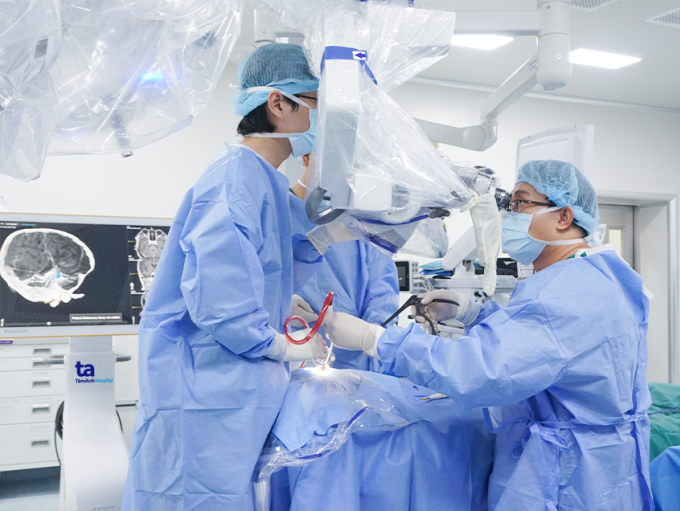
Doctors performed surgery to decompress the 7th cranial nerve for the patient. Photo: Provided by the hospital .
The compression site is located approximately 5-6 cm from the cerebral cortex. Using specialized endoscopic equipment, the doctor reached deeper into the brain and separated the 7th cranial nerve from the cerebellar artery by inserting a cushion between them. This cushion prevents the blood vessel from compressing the nerve, thus avoiding nerve damage.
Following the 90-minute surgery, Mrs. Huong's convulsions and facial distortion subsided. Her neurological functions and brain tissue were preserved. She is expected to be discharged after 6 days.
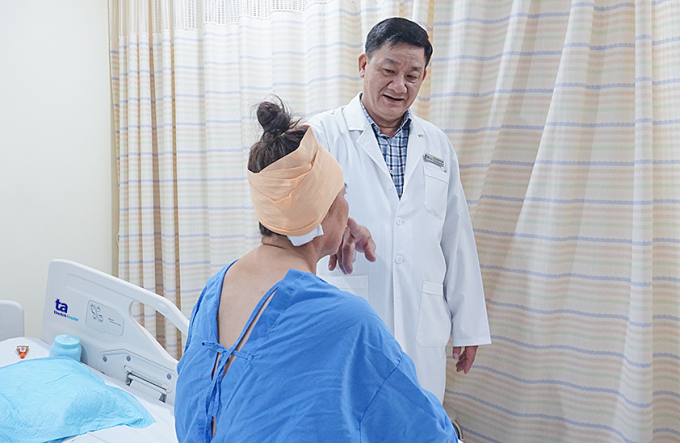
The doctor examines the patient three days after surgery. Photo: Provided by the hospital.
Facial spasms caused by compression of the 7th cranial nerve are not life-threatening, but they cause discomfort, loss of self-confidence, difficulty eating, and reduced quality of life. Facial muscle spasms are more likely to occur during stress or physical activity.
According to Dr. Vu, in some cases, neurovascular congestion can be treated with Botox injections and medication. However, the optimal solution is surgery to decompress the nerves and cerebral arteries. With modern equipment, this technique ensures successful and safe treatment for patients.
Peaceful
* The patient's name has been changed.
| Readers can ask questions about neurological disorders here for doctors to answer. |
Source link








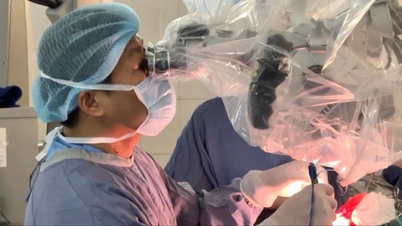

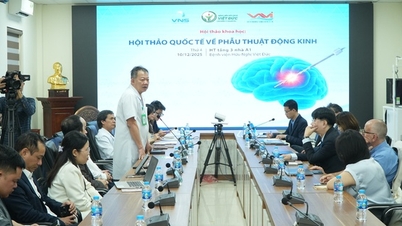

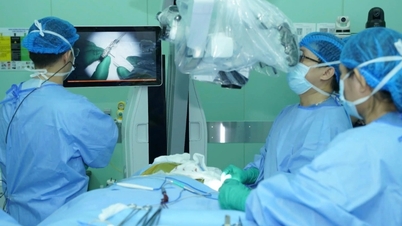

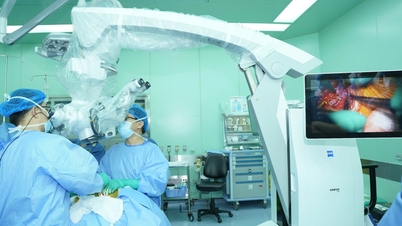

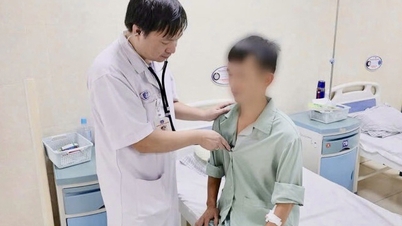

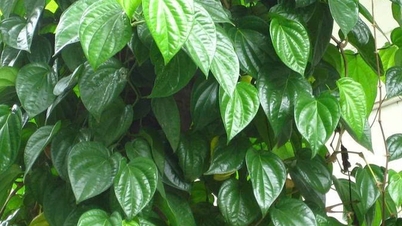
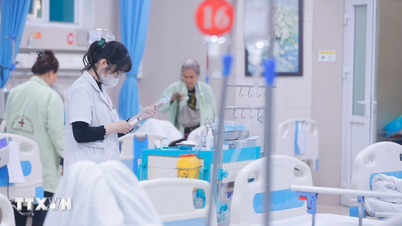




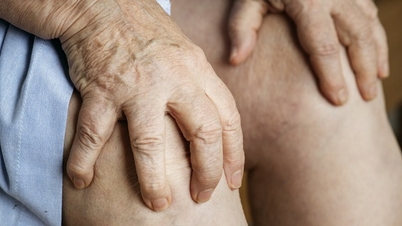
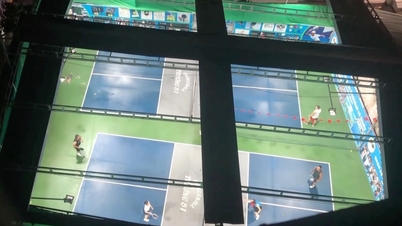



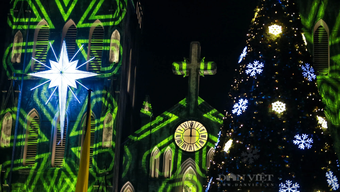







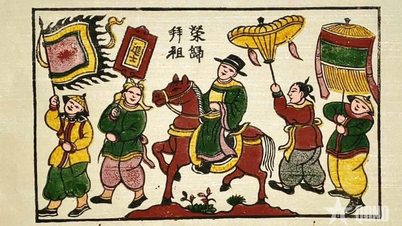










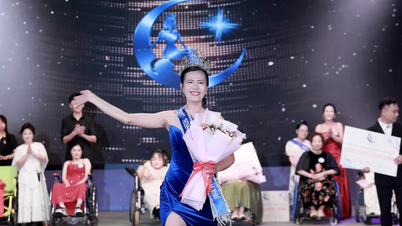




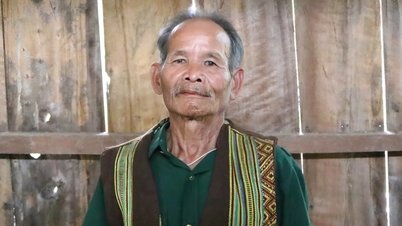

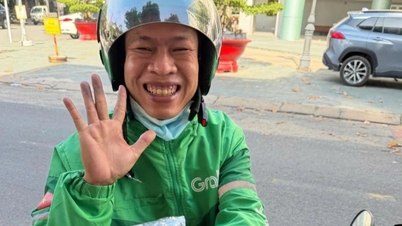


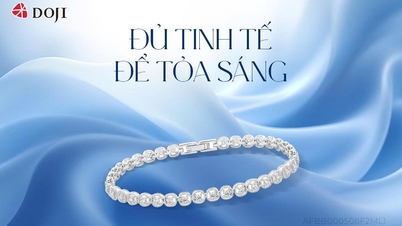

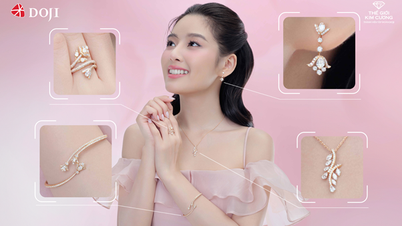

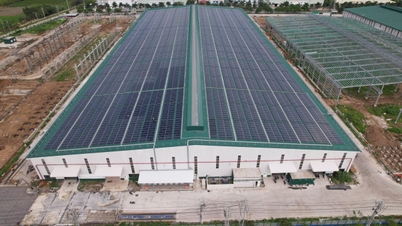








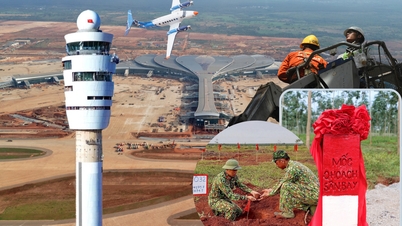



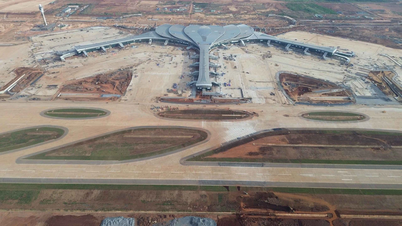

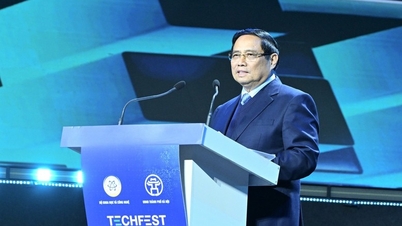




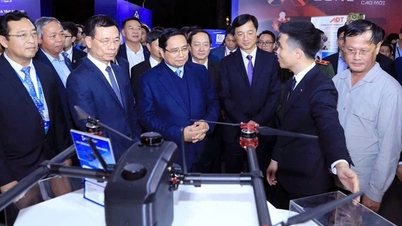


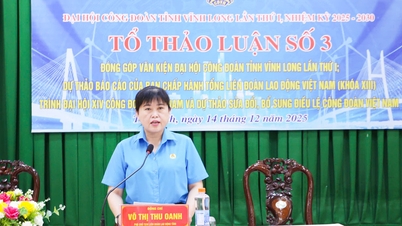








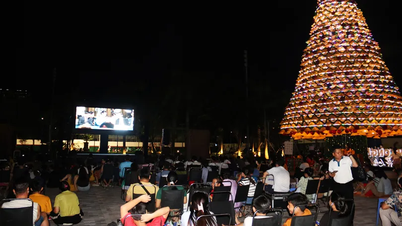











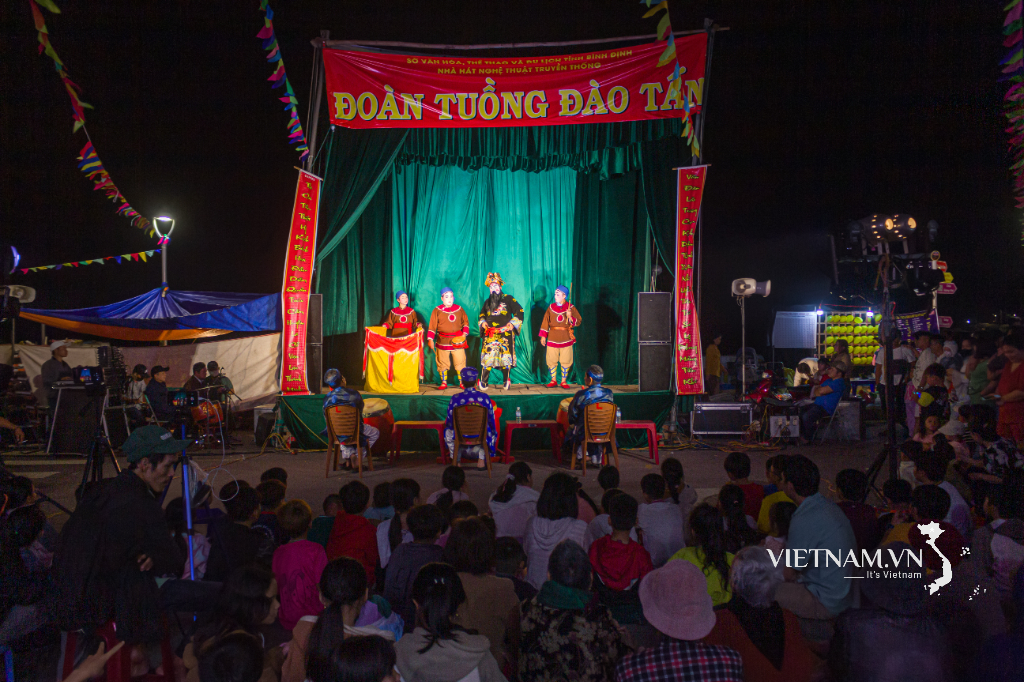

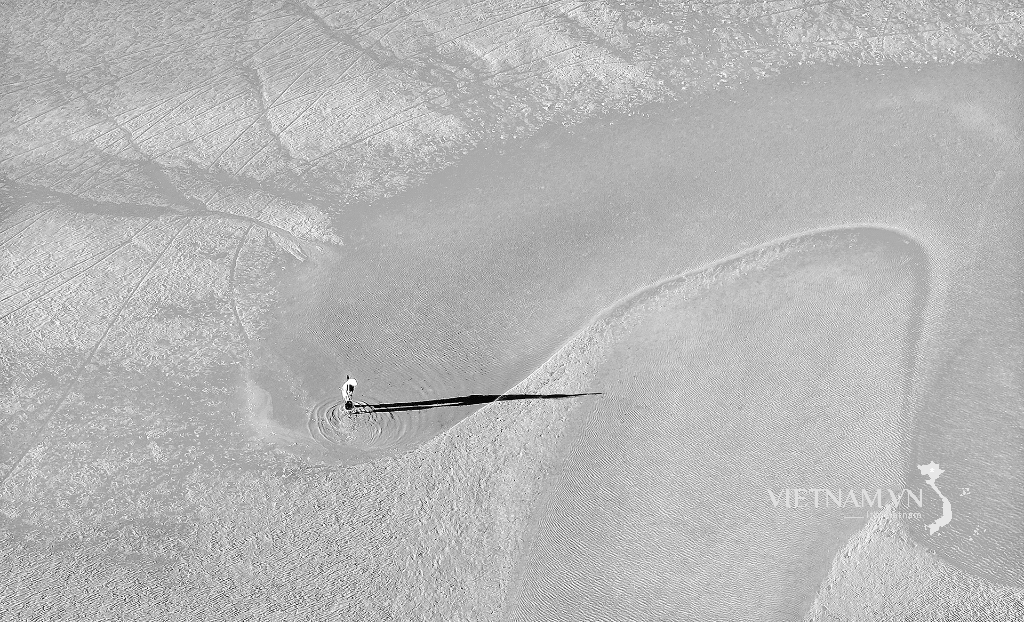
Comment (0)